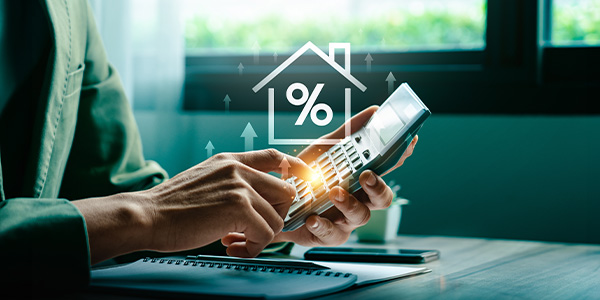Homebuyers
Good Debt and Bad Debt: 7 Steps to Boost the Good
January 30, 2018
Debt is one of those things that can be both hard to live with and hard to live without. Many of us choose the former. The average household carried $137,063 in debt (including mortgages) last year.
However, not all debt is created equal. Knowing how to separate the "good" from the "bad" can help you make better decisions about how much and what type of debt you want to owe.
Determining What's Good
When put to its best use, debt can help you invest for your future, because it allows you to buy an asset that will appreciate over time or increase your earnings power. For example, you may need to take out a loan to pay for a home. Given enough time, your property's market value is likely to grow. In addition, when you look at what you would have paid in rent versus what you paid (after taxes) in interest on your mortgage, owning is likely to have saved you money in the long run.
When Debt Adds to Cost
Using a credit card and paying off your balance each month before interest accrues is considered smart money management. However, when you use your credit cards to purchase things you cannot afford to pay cash for and then carry the balance from month to month, the interest expense adds to the cost of the original purchase. The higher expense inhibits your ability to build wealth, which is why credit card debt generally isn't considered good debt.
What to Do Once You Know
When it comes to managing your money and building wealth, keeping bad debt under control is highly effective. It's also easier said than done. A CreditCards.com survey found that 28 percent of Americans who have a credit card carry charged balances from month to month, with a projected 29 million carrying their balances for two years or longer.
Improving the mix of good debt to bad debt in your life just takes a little know-how. Here are some steps that can help keep your finances in good shape.
1. Know what you owe
Review each of your loans and credit cards to determine your current outstanding balances and the rate of interest charged on each.
2. Consider using a portion of your savings to retire debt
This can make sense if the interest being charged is higher than the amount you earn on your savings.
3. Retire the debt with the highest rates, first
This debt increases faster than your other debt. As you retire a balance, apply the funds that went toward repaying that account to the next highest item on your list.
4. Seek alternatives to your high-interest debt
You may be able to transfer your high-interest balances to a lower-interest credit card if you shop around. That will reduce your monthly payments, freeing up more of your budget for debt repayment.
5. Look for better repayment options
For any federal student loans, make sure you are in the right repayment program for your current circumstances. You may be able to switch programs as your earnings level changes.
6. Review your home loan(s)
Refinancing might reduce the monthly payments, freeing up money for other debt repayment. If you pay PMI, monitoring market value can also help. Once your home equity reaches 20 percent, you may be able to request a release from having to pay monthly PMI.
7. Pursue a cash-out refinancing
While this would effectively roll personal, bad debt into your mortgage and increase your monthly payments, the interest rate will be lower than it was. It can help you regain control over your monthly expenses much faster, as long as you refrain from reestablishing balances and carrying them from month to month in the future.
When it comes to debt, it can be a useful tool in building wealth. Like all tools, however, debt is most effective when used for the right job.





 Smart Moves Start Here.
Smart Moves Start Here.